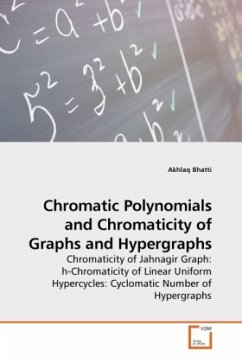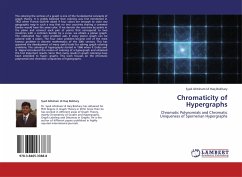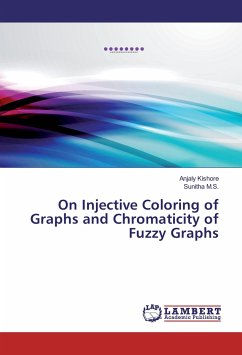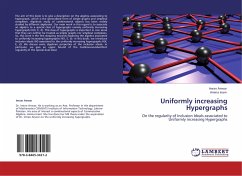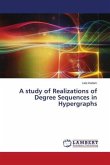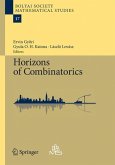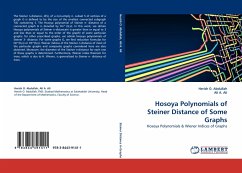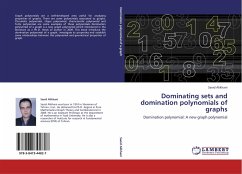For a century, one of the most famous problems in mathematics was to prove the Four-colour theorem. In a paper Birkhof proposed a way of tackling the four-colour problem by introducing a function P(M, ), to be the number of proper colourings of a map M. It turns out that P(M, ) is a polynomial in called the chromatic polynomial of M. In 1968, Read asked: What is the necessary and sufficient condition for two graphs to be chromatically equivalent; i.e. to have same chromatic polynomial? A graphs is said to be unique if no other graphs share its chromatic polynomial. The question of chromatic equivalence and uniqueness is termed the chromaticity of graphs. In chapter 5 we will prove that the Jahangir graph is chromatically unique for p = 3. Dohmen and Tomescu initiated and discussed the study of chromaticity of linear uniform hypergraphs. In chapter 6, we will generalize the result proved by Tomescu related to the chromaticity of two linear uniform h-hypercycles having a path in common. Also, we will prove an important result which tells us that the number of cycles of a linear hypergraph is bounded below by its cyclomatic number.
Bitte wählen Sie Ihr Anliegen aus.
Rechnungen
Retourenschein anfordern
Bestellstatus
Storno

